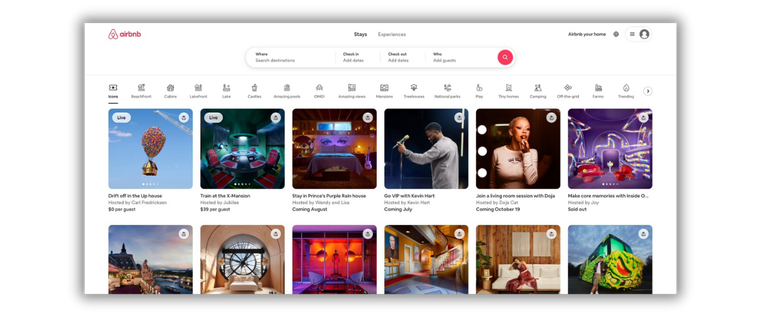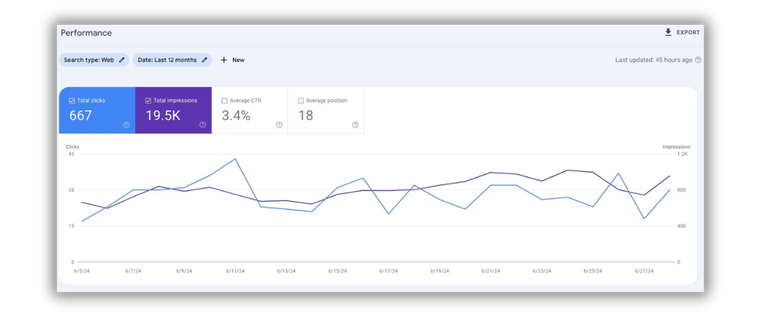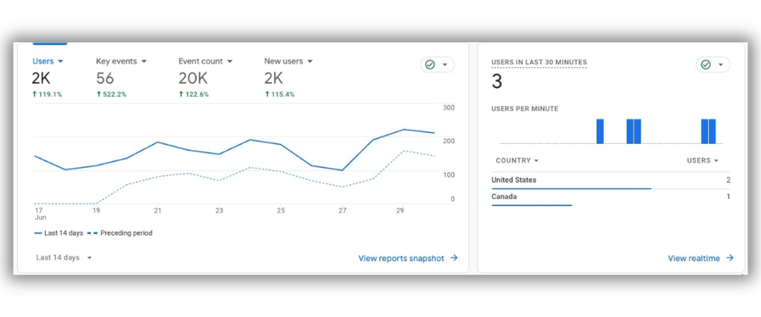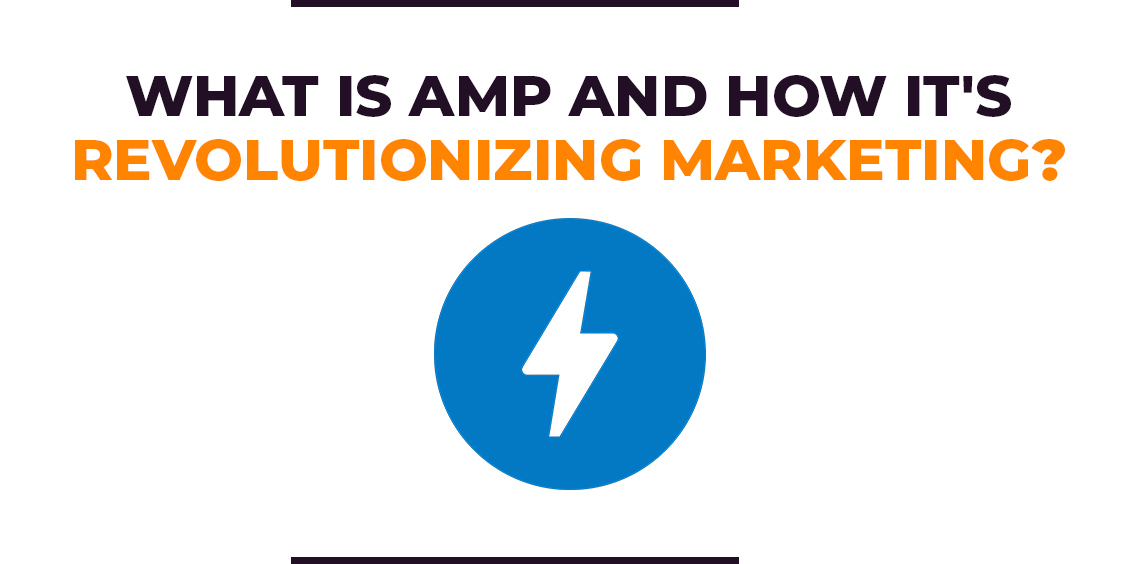Have you ever visited a website and noticed how jacked up the entire site was? Forms are not working, the menu takes up half of the page, and pixelated images and videos are not working.
In today’s digital world, where users have countless websites at their fingertips, creating a website that is both discoverable and engaging is critical. This is where SEO and SXO come in. While SEO (Search Engine Optimization) is essential for improving your website’s ranking in search results, SXO (Search Experience Optimization) focuses on creating a positive user experience. This blog post will explore the key differences between SEO and SXO and how you can leverage both to drive traffic and conversions to your website.
Table of Contents
ToggleWhat is SXO?
SXO is a relatively new term that combines the principles of SEO and UX (User Experience). SEO focuses on making your website discoverable in search engine results, while UX ensures that your website is easy to navigate and use. SXO takes it a step further by prioritizing the overall experience of the user who lands on your site from a search engine.

Why does SXO matter?
Imagine you’re searching for the “best beaches in Thailand.” You click on a blog post that ranks high in Google’s results. But what happens next? If the blog is poorly written, slow to load, or difficult to navigate, you’ll likely leave frustrated. This is where SXO comes in.
What does SXO look like?
- High-quality content: Well-written, informative, and engaging posts with stunning visuals and practical tips.
- Excellent user experience: A clean, easy-to-navigate design with fast-loading images and a clear menu.
- Mobile responsiveness: The blog adapts seamlessly to different screen sizes for users on the go.
- Core Web Vitals: The blog loads quickly, elements don’t shift unexpectedly, and it’s easy to interact with the content.
By focusing on SXO, the blog post not only attracts visitors but also keeps them engaged, encouraging them to stay longer, share the content, and return for more.

SEO vs. SXO
SEO is the practice of optimizing your website’s content and technical aspects to improve its organic ranking in search engine results pages (SERPs). This involves incorporating relevant keywords throughout your website, building backlinks from high-quality websites, and ensuring your website is mobile-friendly and has a fast loading speed.
SXO, on the other hand, goes beyond SEO by focusing on the user experience. It considers how easy it is for visitors to navigate your website, find the information they are looking for, and complete desired actions. This includes optimizing your website’s design, layout, and content for readability and usability.
Why Leverage SXO (why is it important)?
We know that traditional SEO remains essential for online visibility, but leveraging SXO can significantly enhance your website’s performance – without question.
By prioritizing user experience, SXO makes it easier for visitors to find what they need, resulting in greater satisfaction, longer time spent on your site, and improved conversion rates. SXO also helps lower bounce rates by ensuring content is relevant and engaging.
Search engines favor user-friendly websites, meaning SXO can boost your rankings and drive more organic traffic. A seamless, user-centric approach also builds trust and strengthens your brand’s reputation.
Furthermore, as SXO is still relatively new, adopting it can set you apart from competitors and future-proof your website as search engine algorithms increasingly prioritize user experience signals.

Why Leverage SEO?
In case you’ve been living in a cave for the last 25 years, SEO is an obvious crucial element for establishing a strong online presence and driving organic traffic to your website.
By optimizing your website’s content, structure, and technical aspects, you can improve your rankings in search engine results pages (SERPs). When your website appears higher in search results for relevant keywords, you attract more qualified leads, increasing the likelihood of conversions and revenue growth.
SEO is a long-term strategy that can provide lasting benefits, unlike paid advertising, where traffic stops once you stop paying.
How to Leverage SEO and SXO
Here are some tips on how to leverage both SEO and SXO for your website:
- Conduct keyword research: Identify the keywords that your target audience is searching for and incorporate them throughout your website content.
- Optimize your website content: Create high-quality, informative, and engaging content that is relevant to your target audience and optimized for search engines.
- Ensure a positive user experience: Make sure your website is easy to navigate, mobile-friendly, and has a fast loading speed.
- Track your results: Use website analytics tools to track your website’s traffic, conversions, and user behavior. This data will help you identify areas for improvement.
12 Ways to Improve SXO
There are a ton of different ways to improve your SXO. Here’s where I’d start:
- Optimize Page Speed: Ensure your website loads quickly on both desktop and mobile devices by going to PageSpeed Insights and entering your website or page URL. From here, you’ll be able identify core issues in your website that Google is picking up and likely penalizing you for. Slow-loading pages lead to high bounce rates.
- Enhance Mobile-Friendliness: Design your website to be responsive and easy to use on smaller screens. More and more users are accessing the web through mobile devices. There are tons of really great tools out there, but we always recommend WordPress as the go to website building platform. As of June 2024, over 810 million websites use WordPress, which is 43.2% of all live websites on the internet – and for good reason.
- Improve Site Navigation: Make it intuitive for users to find what they need. Clear menus, internal links, and a search bar can help.
- Create High-Quality Content: Publish well-written, informative, and engaging content that matches user intent. This will keep users on your site longer.
- Use Structured Data: Implement schema markup to help search engines understand your content better and display it in rich results.
- Optimize for Core Web Vitals: Focus on metrics like Largest Contentful Paint (LCP), First Input Delay (FID), and Cumulative Layout Shift (CLS) to enhance user experience.
- Optimize for Voice Search: Consider how people speak when they use voice assistants and optimize your content accordingly.
- Personalize the Experience: Tailor content recommendations and search results based on user behavior and preferences.
- Use Clear Calls to Action: Guide users towards desired actions with prominent and compelling calls to action.
- Prioritize Accessibility: Make sure your website is accessible to people with disabilities by following web accessibility guidelines.
- Monitor User Behavior: Use analytics tools to track user behavior and identify areas for improvement.
- Stay Updated with Algorithm Changes: Search engine algorithms are constantly evolving, so keep up-to-date with the latest trends and best practices.
How to Measure Your SXO Improvements
Measuring anything in marketing that you’ve been working on is important, and SXO isn’t any different. It involves tracking key metrics that reflect the user experience and search engine performance.
Continue to monitor your organic traffic growth, as this indicates how well your site is ranking in search results.
Track your bounce rate to see if users are staying on your site longer.
Analyze average session duration and pages per session to gauge user engagement.
Keep a close eye on conversion rates to see if the changes are leading to more desired actions.
A/B testing is going to be a great method of measuring your improvements and what your site visitors are responding to. For example, you could create two service or product pages making with both identical with the exception of one element. This could be a CTA color or text, different hero images, etc. Then, measure these conversions over a 2-week span to see which performs best.
Additionally, use tools like heatmaps and session recordings to visualize how users interact with your site. A tool I love is Hotjar by Contentsquare.

Hotjar is a powerful product experience insights platform that gives you behavior analytics and feedback data to help you empathize with and understand your customers.
By analyzing this data, you can identify areas where your SXO efforts are paying off and areas that need further optimization.
Remember, consistent monitoring and analysis are crucial to refining your SXO strategy and achieving sustainable success.
To track SXO, Google has great tools such as Google Search Console and Google Analytics. They’re super simple to install and use.
Google Search Console helps you monitor, maintain, and troubleshoot your site’s presence in Google Search results.

Google Analytics (GA4) on the other hand collects data from websites and apps to help businesses understand their customers and improve marketing ROI. That, in a nutshell, is what we care about when it comes to SXO.
You can also track custom web and conversion events that to measure key performance indicators (KPI’s) your business or brand cares the most about.

Conclusion
In conclusion, the digital landscape is constantly evolving, and to stay ahead of the curve, it’s imperative to embrace both SEO and SXO as complementary strategies.
While SEO remains a cornerstone for gaining visibility in search engines, SXO ensures that your hard-earned traffic is met with an exceptional user experience that keeps them engaged, satisfied, and ultimately drives conversions. By optimizing for both search engines and users, you’ll not only see improved rankings but also foster a loyal audience that keeps coming back for more. Remember, in the world of online marketing, it’s not just about getting found; it’s about making a lasting impression.
Embrace SXO, and let your website become a beacon of user-centric excellence in the vast digital sea.





